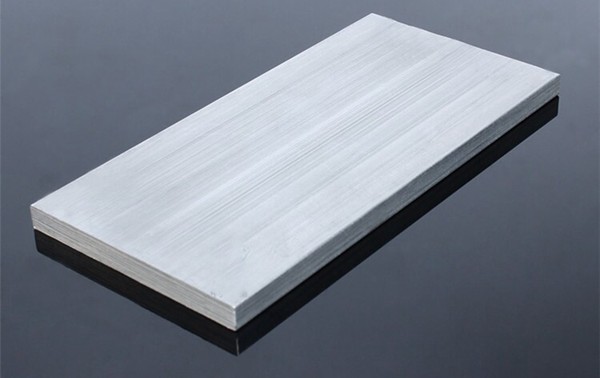6061 Aluminium Alloy is a versatile material known for its exceptional mechanical properties. Within this alloy, two prominent heat treatment states, T6 and T651, have earned recognition in various industries. This article explores the feasibility of substituting T6 for T651, shedding light on whether T6 can serve as a complete and effective replacement for T651.

Understanding Aluminum Alloy 6061
Before delving into the specifics of T6 and T651, it’s essential to grasp the essence of Aluminum Alloy 6061. Composed primarily of aluminum, magnesium, and silicon, this alloy possesses a unique set of properties. Yet, its characteristics can be further tailored to meet precise engineering requirements through the crucial process of heat treatment.
6061 T6 and T651: Definitions and Basic Differences
To lay the groundwork for this examination, let’s define T6 and T651. T6 signifies a state achieved through solution heat treatment followed by artificial aging, while T651 involves stretching the material while it’s still at the solution heat-treated temperature. The primary distinctions between these two states will serve as a basis for comparison.
6061 T6: Characteristics and Properties
6061 T6 is characterized by its exceptional mechanical and structural properties. It boasts remarkable hardness, tensile strength, and creep resistance, making it a preferred choice in various industries. Common applications include aerospace components, bicycle frames, and structural elements across diverse sectors.
6061 T651: Characteristics and Properties
Conversely, 6061 T651 exhibits its own set of properties and mechanical features. This state provides stress relief and dimensional stability, qualities of paramount importance in precision applications. Industries such as shipbuilding and automotive manufacturing traditionally favor T651.
Feasibility of Substituting T651 with T6
The core of our exploration revolves around the central question: Can T6 effectively replace T651? To address this, we delve into the feasibility of such a substitution. Evidence and arguments are presented, supporting the interchangeability of these two states. Can T6 offer comparable performance to T651?
Advantages and Considerations
In considering this substitution, it’s crucial to weigh the advantages and considerations. Exploring the benefits of using T6 in place of T651, we also discuss potential limitations and factors that engineers and manufacturers should take into account when contemplating this shift.
Real-World Examples and Case Studies
To illustrate the practicality of substituting T6 for T651, we provide real-world examples and case studies where T6 has successfully replaced T651. These instances serve as tangible evidence of the outcomes and benefits that can be derived from choosing T6 in lieu of T651, offering insights into its potential advantages.
Conclusion
In conclusion, we summarize the key findings from our exploration into the feasibility of substituting T6 for T651. By offering a clear stance on the subject and considering the advantages and limitations, we provide valuable guidance for industries and engineering endeavors. While T6 may not always be a complete replacement for T651, it certainly presents a viable alternative in specific scenarios. Ultimately, the choice between T6 and T651 depends on the unique requirements of each project, with both states offering their own set of advantages and applications within the realm of Aluminum Alloy 6061.
Contents
